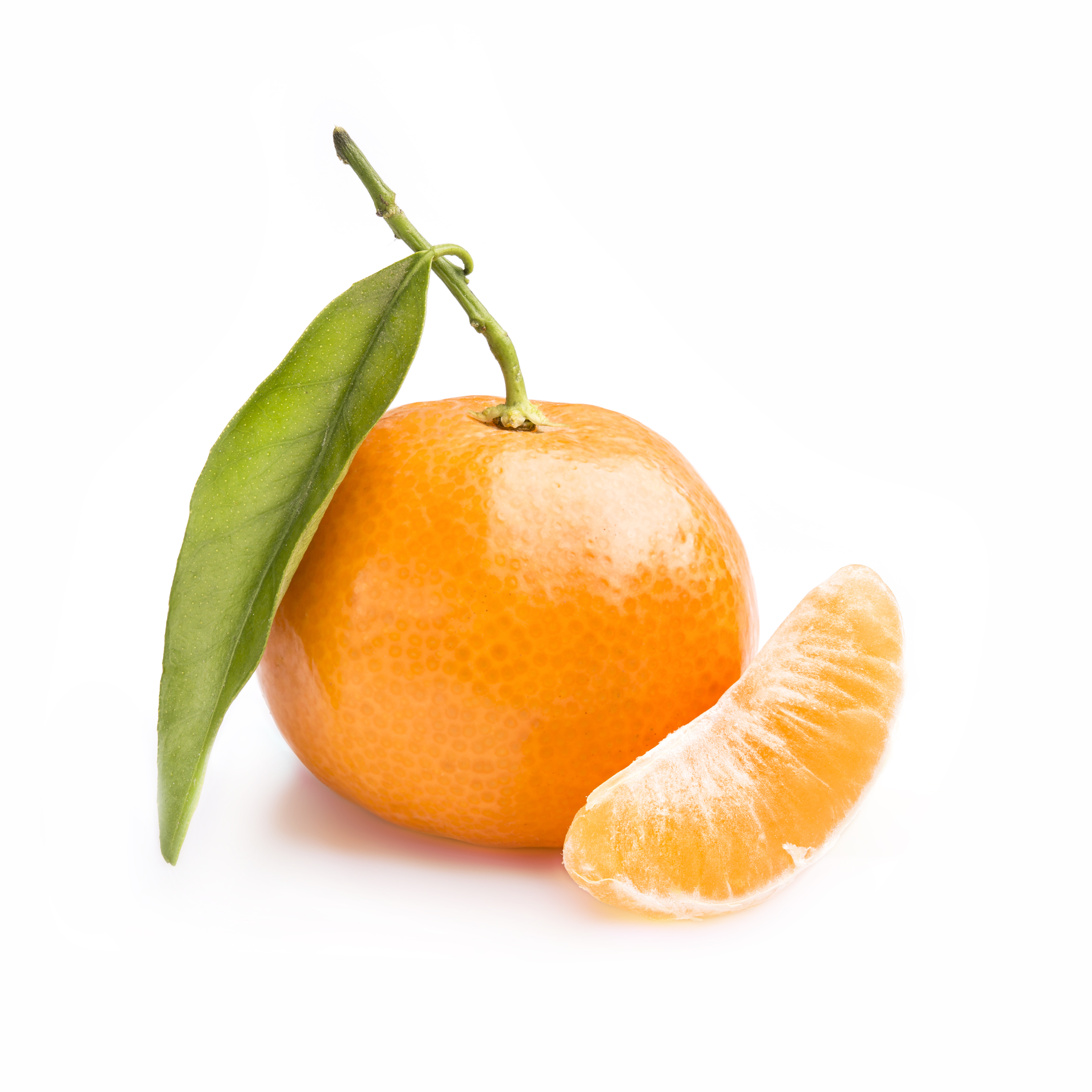
In conclusion, clementine and mandarin oranges are members of the citrus family and are similar to traditional oranges, but they each have slightly different sensory and physical properties. Mandarin: It is known as Tango or tangerine.

Alternative Names:Ĭlementine: It is also known as Moroccan clementine, seedless tangerines, Christmas oranges, or Thanksgiving Orange. Therefore, these mandarins are commonly presented as decorations and offered as gifts to friends and relatives. Mandarin: Mandarin oranges are considered traditional symbols of abundance and good fortune during the two-week celebration mainly during Chinese New Year season. It is sometimes used as a Christmas tradition in Japan, Canada, the United States and Russia. Cultural Significance:Ĭlementine: Clementines have a huge demand during Christmas season and are also known as Christmas oranges. In addition to the fruit, the peel is used as a spice for cooking, baking, drinks, or candy as well as Chinese traditional medicine. However, the added sugar in canned mandarin products increases the calorie content and decreases the nutritional value of the fruit. Mandarin: Mandarins are used for fresh juice, frozen juice concentrate, canning and fruit salad preparation purposes. Uses:Ĭlementine: They are mainly used as a snack/fruits after main meal. Mandarin: Varieties include Unshius, satsumas and tangerines. It is less sweet and more tart and bitter than the Clemenules/ Spanish clementine. The Nadorcott variety is famous for its bright red-orange color, thinner peel. Varieties:Ĭlementine: Spanish clementine and Nadorcott are the two main varieties. Mandarin: Mandarins contain significantly more vitamin A than clementines. Vitamin A content:Ĭlementine: Clementines have negligible/trace amount of vitamin A. Mandarin: Mandarin oranges are less sweet than Clementine. Taste:Ĭlementine: Clementines have a tart, tangy and sweet flavor. Mandarin: Seeds or other means ( grafting, tissue culture) can be used for propagation. Mandarin: The peel has a pebbly-skinned nature and is not as smooth as Clementine. Nature of Skin/Peel:Ĭlementine: The peel is deep orange in colour with a smooth and glossy appearance.

Thus, mandarins are more important as a parental species. Mandarin: Mandarin is not a hybrid variety because according to molecular studies, the mandarin is the ancestors of most other hybrid commercial citrus varieties. Hybridization:Ĭlementine: Clementine is a hybrid between a Mediterranean citrus and a sweet orange. Mandarin: China is the largest grower and exporter of Mandarin in the world. Growing Countries:Ĭlementine: Clementine is grown in Algeria, Tunisia, Spain, Portugal, Morocco, Greece, Italy, Israel, Lebanon, Iran and Turkey. These differences may include, Origin:Ĭlementine: It was created by a French missionary known as Marie-Clement Rodier in Algeria over 100 years ago. Clementine What is the difference between Clementine and Mandarin?Ĭlementine and mandarin may have substantially different sensory properties and applications.


 0 kommentar(er)
0 kommentar(er)
